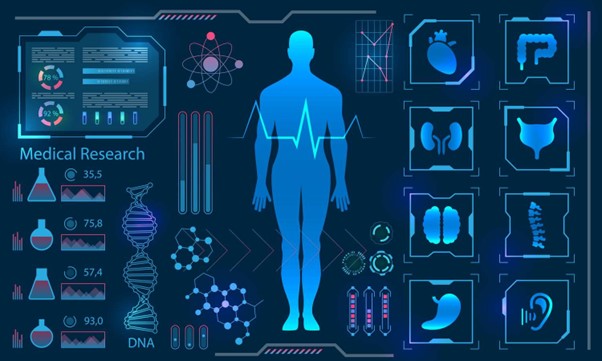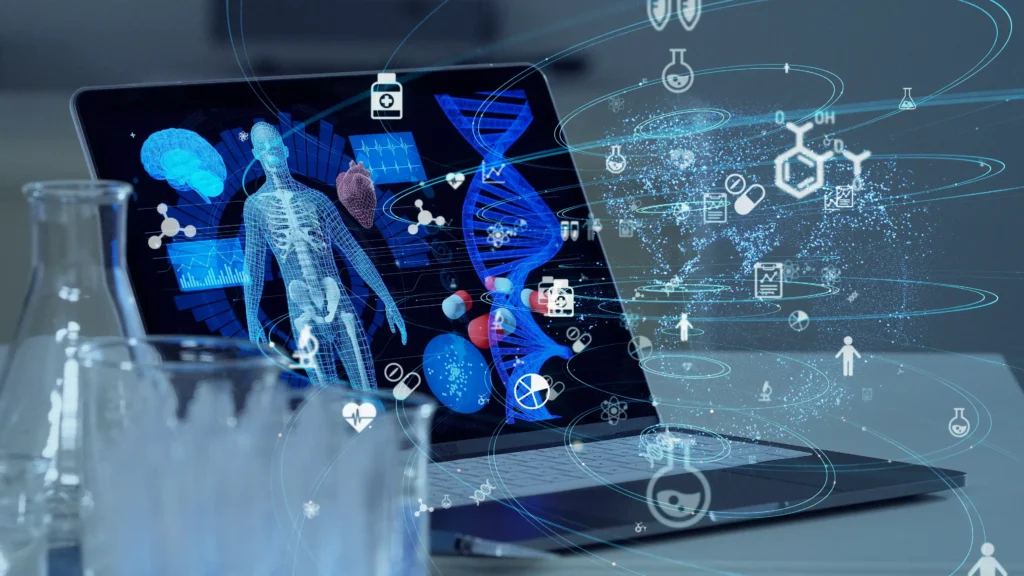The concept of a digital human twin is no longer confined to the realms of science fiction. It`s a precise, virtual replica of an individual used for medical understanding and treatment. Thanks to groundbreaking initiatives like TwinH, by Spain company FySelf, this transformative technology is rapidly transitioning from a futuristic vision to a tangible present. Poised to revolutionize healthcare systems across Europe and beyond.
Europe’s ‘Digital Twin’ Revolution: AI is Building Your Future Medical Self
“If someone has a disease or a health condition. They will go to a medical center. They already have historical information, plus data from devices and wearables, and any new information collected”.
This wealth of data is then meticulously fed into a sophisticated digital twin of the patient. Imagine “Ana,” a hypothetical patient. Her digital twin, housed within advanced computing environments. Would become a living repository of her complete medical history. Incorporate the latest data from a recent accident, and integrate all new diagnostic test results.
Risk-Free Trials: The Power of a Digital Replica
The true innovation lies in the capability to perform complex medical tests and simulations on this digital replica – procedures that would be impossible, unethical, or far too risky to conduct on the actual patient. The digital twin can rigorously explore hypothetical scenarios: “What happens to Ana’s condition if we administer X treatment? What are the implications of Y intervention in a specific type of accident or scenario?”.

This allows medical teams to test countless conditions, re-analyze existing data with fresh inputs and generate predictive models. Also formulate hypotheses about optimal treatments and actions.
“This isn’t something we can replicate in a standard consultation today, but it’s the future we are actively building”.
Accelerating the Healthcare of Tomorrow
While the complete realization of a fully ambulatory digital twin integrated into daily clinical practice might still be decades away, the project’s ambition is clear: to significantly accelerate this process. The critical question isn’t if this technology will become mainstream, but rather how rapidly it can be implemented and to what degree.
“Do we aim for Ana’s complete model, or do we focus on specific, task-oriented models that can provide immediate assistance?”. This pragmatic approach acknowledges the incremental development necessary for such a monumental shift.
TwinH is more than a distant aspiration. It signifies the tangible beginning of a new era in personalized medicine. By creating these digital allies for patients like Ana, we are actively constructing a future where healthcare is not only precise and predictive but also profoundly individualized.
The journey has commenced, and its potential impact on global health is nothing short of revolutionary.

